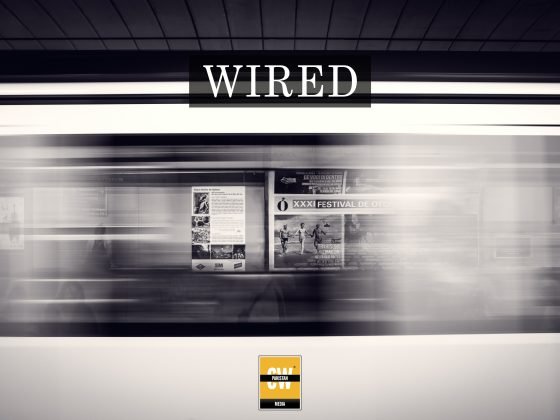Researchers from Rennes University and Vienna University of Technology in Austria demonstrated that microwave signals may pass straight through walls without reflecting.
It was referred to as a “Anti-reflection structure for flawless transmission through complicated media” in the study papers the scientists made public. You can compare it to the anti-reflective coating on glass, according to Professor Stefan Rotter of Vienna University of Technology.
The researchers employed a unique coating that enables Wi-Fi radio signals to pass through solid objects like walls. This coating will let light to enter the lens while avoiding bouncing. Stronger Wi-Fi connections will result from this.
Experiment
Michael Horodynski, one of the co-authors at Vienna University said:
“To begin, you must just send some waves across the medium and track precisely how they are reflected by the substance. With this knowledge, we were able to demonstrate that a comparable compensatory medium can be determined for any medium that scatters waves in a complicated fashion, allowing the wave to pass fully when the two media are combined.”
In the first experiment, researchers used microwaves to pass through a waveguide made of metal and Teflon that included tiny metal and Teflon particles. The results revealed that only half of the microwaves were transmitted and the other half was reflected. Later, researchers used waveguides to observe the microwaves’ behaviour and developed an anti-reflective zone. As a result, all microwaves were able to pass through the objects.
Applications
The method benefits other fields in addition to improving Wi-Fi. It aided in the observation of distant objects in space by digital telescopes and other radio-emitting instruments. This technique will also be helpful in the 6G mobile communications system, the upcoming generation.








